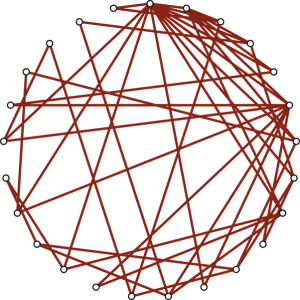We are all connected – directly or indirectly. Individuals, groups, and organizations are connected to each other in ways that may or may not be readily observed. This interconnection reflects interdependence. Every organization depends on and is depended upon by other organizations. An organization’s actions are among the determinants of other organizations’ opportunities and challenges. In this situation, to arrive at the best possible strategic objectives and courses of action, an organizational decision maker must consider the conditions of other organizations. This external outlook, combined with in-depth knowledge of the internal workings of the organization, supports SMART goals to realistically approach the organizational environment, as well as the various issues that affect the success or failure of the organization’s strategies.

Organizational leaders and managers have a diverse set of tools for analyzing internal and external organizational environments. Different tools lead to possibly different results and conclusions. Decision makers may opt to develop and implement their own tools. Through these tools, along with appropriate analytical approaches and methods, decisions become robust and realistic. Repeated analyses of the competitive landscape and the activities of relevant organizations yield valuable insights on organizations’ developmental paths and strategic directions.
